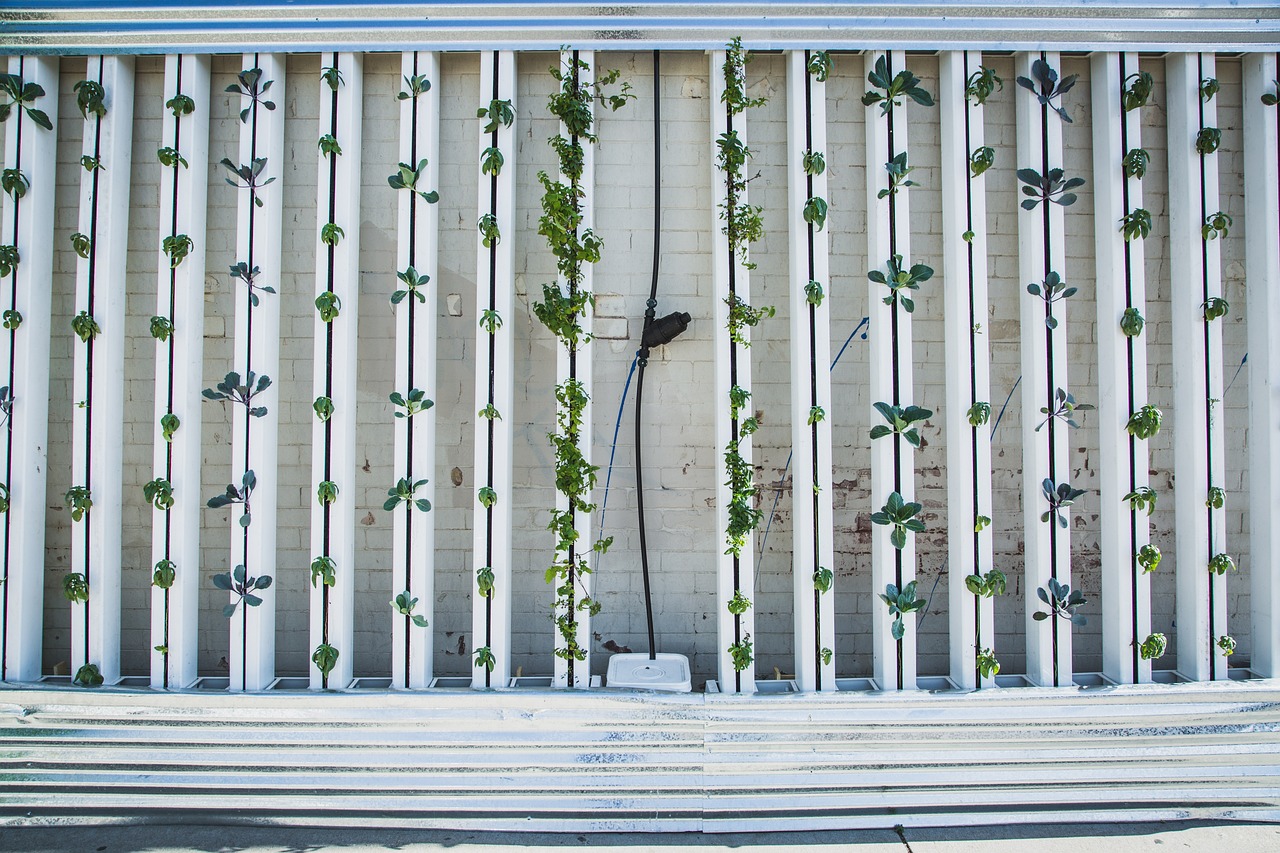
Pre-reading questions:
- Are you in favor of vertical farming? Why or why not?
- Do you think vertical farming impacts the nutritional value of produce? Why or why not?
Vocabulary:
- soil /soil/
- headquarters /HED-kwawr-terz/
- demonstrate /DEM-uhn-streyt /
- urban /UR-buhn/
- consumer /kuhn-SOO-mer/
[noun] – the material on the surface of the ground in which plants grow
The soil in the garden was rich and black, perfect for growing vegetables.
[noun] – the main offices of an organization such as the army, the police, or a business company
The company’s headquarters was located in a tall skyscraper in the city center.
[verb] – to show or make something clear
The scientist demonstrated the experiment to the class, showing them how the chemical reaction worked.
[adjective] – of or in a city or town
The urban area was bustling with people and cars, and the tall buildings blocked out much of the sunlight.
[noun] – a person who buys goods or services for their own use
The consumer had many options to choose from but finally decided on the product with the best reviews.
Article reading:
The idea of vertical farming is not new; for ages, farmers have been looking for methods to grow more with less soil and less area. Modern-day vertical farming has grown in acceptance over the past few years. The vertically-farmed strawberry company Oishii, with its headquarters in New Jersey, is one example of this. In an upscale New York supermarket in 2021, a handbasket of its highly sought-after Japanese Omakase strawberries sold for $50 (£44). This outrageous pricing demonstrates the enormous challenge of making vertical farms commercially feasible while also showing that vertical farming has the potential to rival and ultimately surpass traditional farming in terms of quality. Despite this obstacle, the Pasona Urban Farm, which debuted in 2010 in the nine-story building of a Japanese recruitment firm, demonstrated how food can be cultivated just a few feet from its consumers.
In conclusion, despite the fact that vertical farming is still in its early stages and faces numerous obstacles, it has the potential to fundamentally alter how we produce and consume food. It is a potential answer to the problems of population expansion and food security and might offer a sustainable method of food production in the future.
Comprehension questions
- Can you give an example of a company that uses vertical farming?
- How much did a handbasket of Japanese Omakase strawberries from Oishii cost in an upscale New York supermarket in 2021?
- What challenges does vertical farming face?
- How does vertical farming have the potential to change the way we produce and consume food?
- Why might vertical farming be a sustainable method of food production in the future?
Discussion questions
- Have you consumed food grown on a vertical farm? If so, how was it? If not, would you like to try it? Why or why not?
- How does it feel to be part of a community that is actively working to promote and adopt vertical farming as a sustainable solution for food production?
- If vertical farming is able to overcome the challenges of commercial viability, what impact could it have on the food industry?
- Do you agree that the cost of vertically farmed produce will decrease?
- In your opinion, can vertical farming truly revolutionize the way we grow and consume food, or is it just a passing trend?